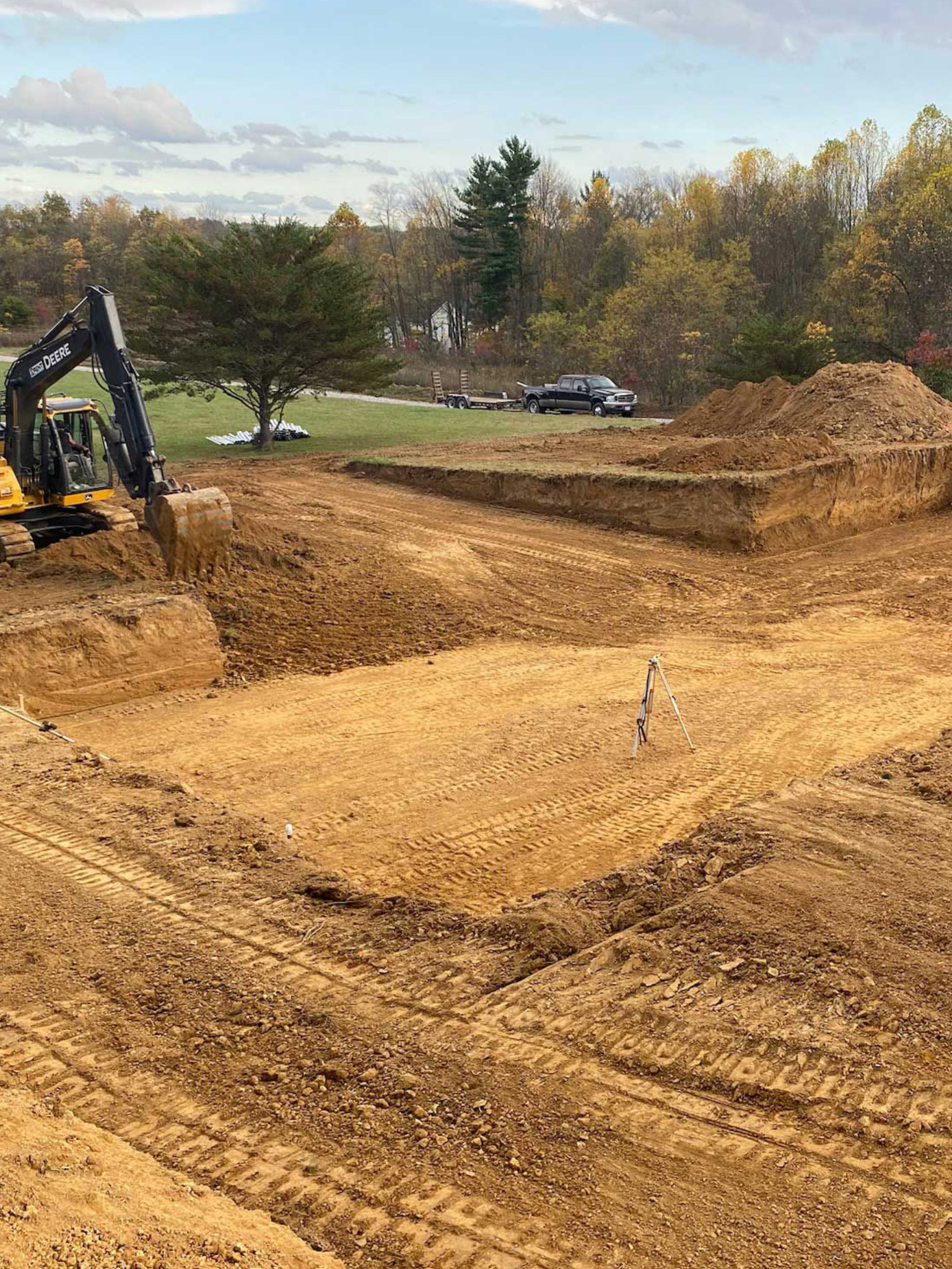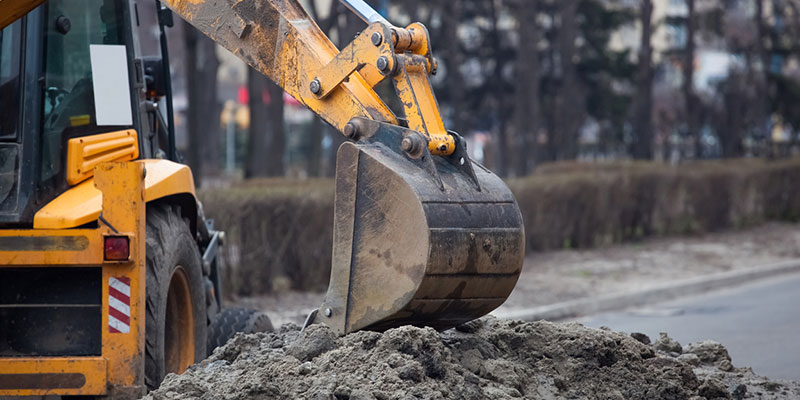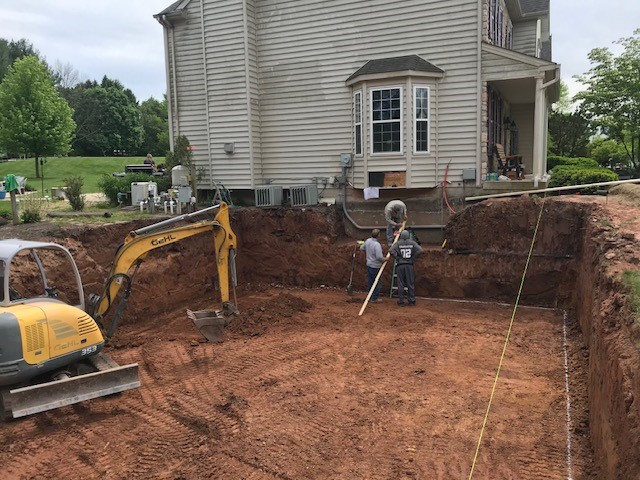Residential Excavating Ohio - Specialized Excavation for Ohio Homes
Residential Excavating Ohio - Specialized Excavation for Ohio Homes
Blog Article
Introducing the Art of Excavation: Pro Tips for Safe and Productive Digging
In the world of excavation, the proficiency of productive and secure digging is an art kind that needs expertise, precision, and adherence to established methods. As dirt is turned and earth is relocated, the ins and outs of excavation disclose themselves, requiring an eager understanding of tools, soil composition, security methods, and ecological considerations. The experience needed to navigate these components properly can mean the distinction between an effective excavation task and a possible catastrophe. By unraveling the layers of this complex procedure, a globe of understandings and methods waits for those looking for to elevate their excavation abilities to new elevations.
Significance of Correct Tools
To guarantee the security and efficiency of any kind of excavation job, utilizing the appropriate devices is extremely important. Excavation jobs vary in extent and intricacy, ranging from little household landscape design work to large-scale building tasks.
Excavators are essential items of machinery in any type of digging operation. These functional devices can be found in various sizes to match different job requirements. Miniature excavators are suitable for smaller jobs, while larger excavators deal with extra substantial tasks efficiently. Backhoes are an additional essential tools kind, integrating the functions of a loader and an excavator in one machine. They are beneficial for jobs requiring versatility and ability to move.
Besides excavators, other critical devices includes dump bulldozers, vehicles, and trenchers. Discard trucks are important for getting rid of and delivering excavated materials, while trenchers are utilized for digging deep and slim trenches. Bulldozers master jobs that call for pushing large amounts of soil or debris. By investing in the suitable tools, excavation jobs can be finished securely, in a timely manner, and with precision.
Recognizing Soil Composition
A comprehensive grasp of soil make-up is fundamental for carrying out excavation tasks with precision and safety. Comprehending the various types of soil is critical as it directly affects excavation approaches, tools choice, and total project effectiveness.
Silt fragments are smaller sized than sand however larger than clay, offering modest water drainage and cohesion. Organic issue, such as decomposing plant material, affects dirt fertility and stability.
Prior to starting excavation, carrying out soil tests to establish its structure and attributes is essential. This information aids in selecting the ideal devices, implementing precaution, and establishing excavation strategies customized to the particular dirt conditions - lancaster excavation. By recognizing soil structure, excavation professionals can improve project results while ensuring safety and security and adherence to best techniques
Security Actions and Procedures
Recognizing soil make-up is the cornerstone whereupon safety procedures and methods for excavation jobs are built, making sure the well-being of workers and the success of the undertaking. When it concerns safety and security during excavation, there are a number of vital steps that have to be carried out to minimize dangers and prevent mishaps.
Primarily, prior to any type of excavating begins, a complete assessment of the website should be carried out to recognize any possible risks such as below ground utilities, unsteady dirt problems, or neighboring structures that might present a danger. It is vital to have a competent individual manage the excavation process to make certain that all safety methods are followed strictly.
Moreover, all employees entailed in the excavation has to be properly educated in risk-free excavating techniques and the correct procedure of devices. By sticking to these safety steps and protocols, excavation projects can be completed efficiently and without occurrence.
Reliable Excavation Preparation
When starting an excavation task, careful preparation is crucial to guarantee performance, safety, and successful results. Reliable excavation preparation entails numerous key steps that are important for the smooth implementation of the task. The very first step is to conduct a complete this post website assessment to identify any type of possible dangers, such as below ground energies or unsteady soil problems. This info is crucial for establishing a detailed excavation plan that includes precaution and run the risk of reduction techniques.
Once the site analysis is complete, the following action is to produce a clear timeline and timetable for the excavation activities. This consists of figuring out the series of tasks, tools demands, and manpower allocation. Appropriate scheduling aids stay clear of delays and guarantees that the project remains on track.

In addition, interaction among all staff member is critical throughout the preparation stage. Clear regulations, normal updates, and effective coordination are necessary for an effective excavation task. By spending time and effort in thorough planning, excavation teams can considerably enhance productivity, decrease dangers, and accomplish successful outcomes.

Taking Care Of Ecological Factors To Consider
With boosting emphasis on ecological sustainability in building and construction techniques, managing environmental considerations has actually become an important facet of excavation tasks. Excavation tasks have the prospective to impact the surrounding environment through dirt disintegration, sediment overflow, environment interruption, and contamination of water resources. To mitigate these dangers, it is vital to apply best methods that prioritize environmental management.

In addition, correct waste management is important to avoid dirt and water contamination. Implementing procedures for the disposal of harmful materials, recycling of waste materials, and learn this here now decreasing making use of unsafe chemicals can significantly decrease the environmental impact of excavation jobs. By integrating these practices into excavation preparation and execution, building firms can make certain that their tasks are not just risk-free and efficient however also environmentally responsible.
Conclusion
In conclusion, understanding the art of excavation calls for a thorough understanding of appropriate devices, dirt structure, security measures, and reliable preparation. By following these guidelines and considering environmental aspects, excavations can be performed securely and effectively. It is essential to prioritize safety and productivity in every digging job to guarantee successful end results.
As soil is turned and earth is moved, the details of excavation reveal themselves, demanding a keen understanding of devices, dirt structure, safety methods, and environmental factors to consider.To make sure the security and performance of any kind of excavation task, making use of the appropriate tools is vital.A comprehensive understanding of dirt make-up is essential for implementing excavation tasks with precision and security. Recognizing the different kinds of dirt is important as it straight impacts excavation techniques, tools choice, and total project effectiveness. By recognizing soil structure, excavation specialists can enhance project results while making certain safety and adherence to finest techniques.
Report this page